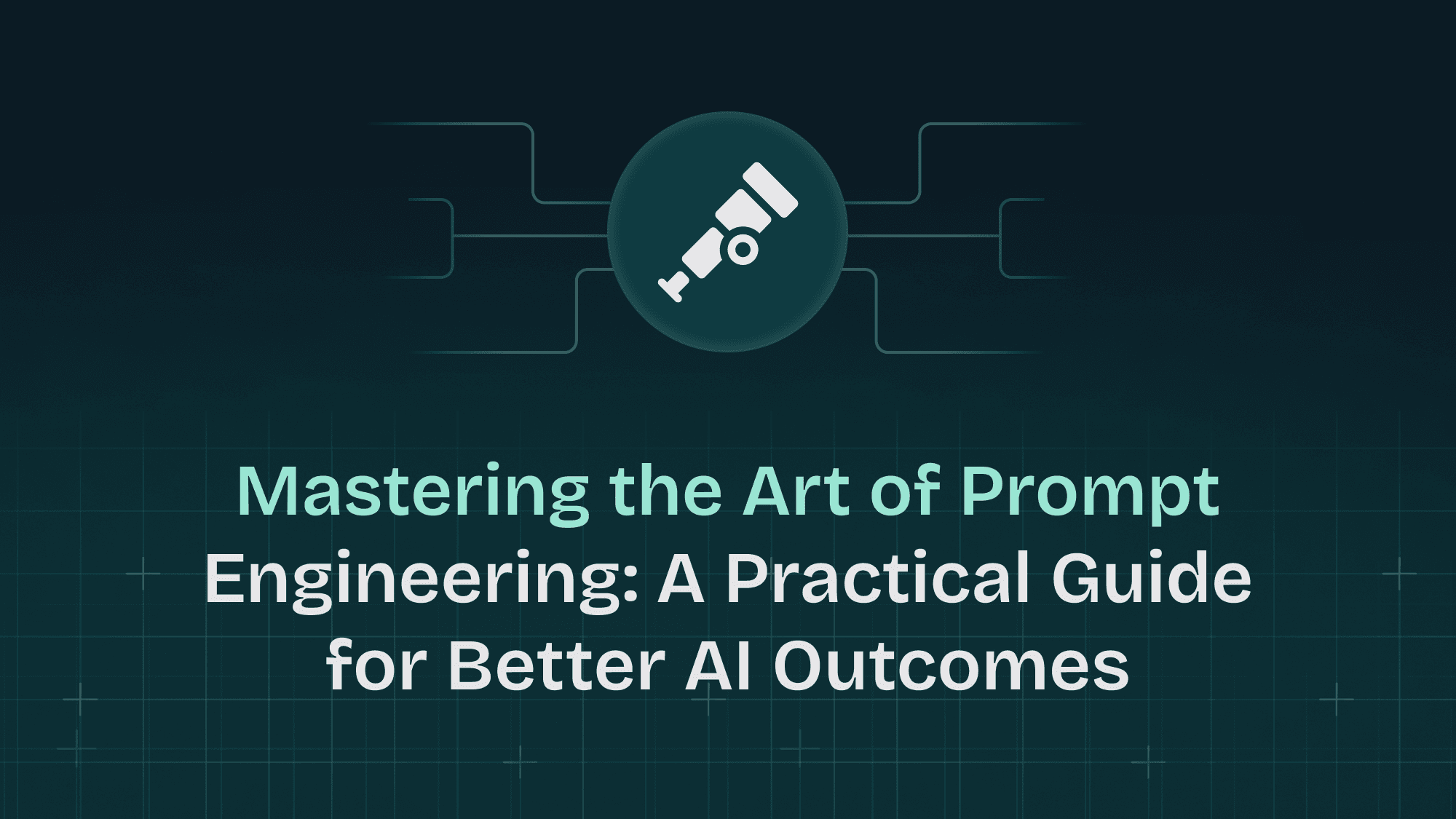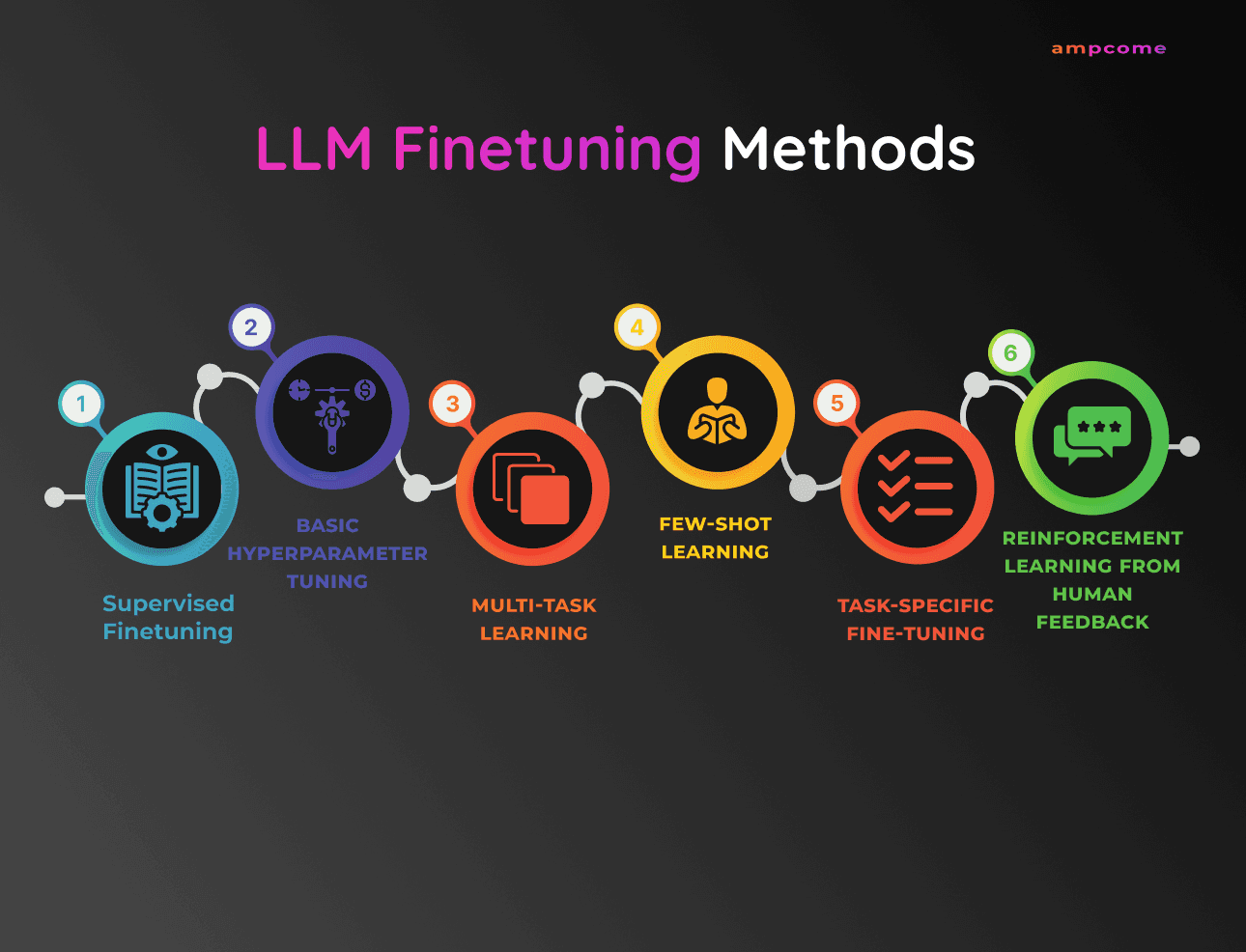
Prompt engineering is an approach to improving responses from large language models by carefully crafting input queries. By using various techniques and tactics, you can get more accurate and relevant outputs from models like GPT-4. Here’s a practical guide for enhancing model responses, with strategies that can often be combined to achieve even better results. Experimenting with these techniques can help you identify what works best for specific tasks.
The first step in prompt engineering is to provide clear instructions. Since language models interpret queries based on available information, they need precise guidance to deliver the desired response. For instance, if a response is too long, you can specify that it should be brief. If the language seems too simple, you might ask for a more professional tone, or if you want a particular format, you can outline that directly in your prompt. The more specific your query, the more relevant the response will be.
To further refine the model's output, additional details in the query can be helpful. You might also instruct the model to respond from a particular perspective or persona, which can tailor responses to suit a specific tone or role. Clear separation of input sections using delimiters, like quotation marks or tags, can also enhance comprehension, especially for complex inputs where distinct sections need individual attention. For tasks with multiple steps, it’s beneficial to specify these steps in sequence, enabling the model to follow a structured path to completion. Sometimes, giving example queries can help the model understand a preferred style or format, which is useful when precision is important but hard to explicitly describe.
In cases where factual accuracy is critical, providing reference text can be very useful. Language models, while generally accurate, can sometimes create responses based on assumptions, especially when covering complex or niche topics. When you give reference material, the model can use it as a foundation for its response, reducing the chance of inaccuracies. Instructing the model to use citations from these reference texts can make responses more reliable and verifiable, especially for tasks involving research or documentation.
For complex tasks that could lead to errors if handled as a single query, breaking down these tasks into simpler subtasks is effective. This approach is similar to decomposing large problems in programming into smaller, manageable components. Dividing the task into stages, each dependent on the previous one, can improve accuracy and lower the chances of error. In certain applications, it may also be useful to classify the type of query before choosing the most relevant instructions, which allows the model to focus only on the necessary steps for each specific case.
Sometimes, models perform better if given the opportunity to work through a problem logically. Just as humans benefit from taking time to think, asking the model to consider its steps can improve the quality of reasoning. This can be done by requesting an initial thought process before delivering the final answer, which often results in a more accurate outcome.
When facing tasks that could benefit from additional tools, integrating external tools can compensate for limitations in the model. For example, a retrieval system can provide relevant documents, or a code execution engine can handle calculations. By combining a model with these tools, you can achieve more precise results for tasks that the model might otherwise struggle with.
Finally, testing prompt adjustments systematically is essential to determine whether changes are truly beneficial. For accurate assessments, it can help to measure model performance against a diverse set of examples. Changes to a prompt might work well for some queries but lead to unexpected results in others, so a comprehensive evaluation process can ensure consistent improvements.
Each of these strategies represents a way to leverage prompt engineering to achieve more refined, accurate, and context-appropriate responses from language models.

02/11/2024

02/11/2024